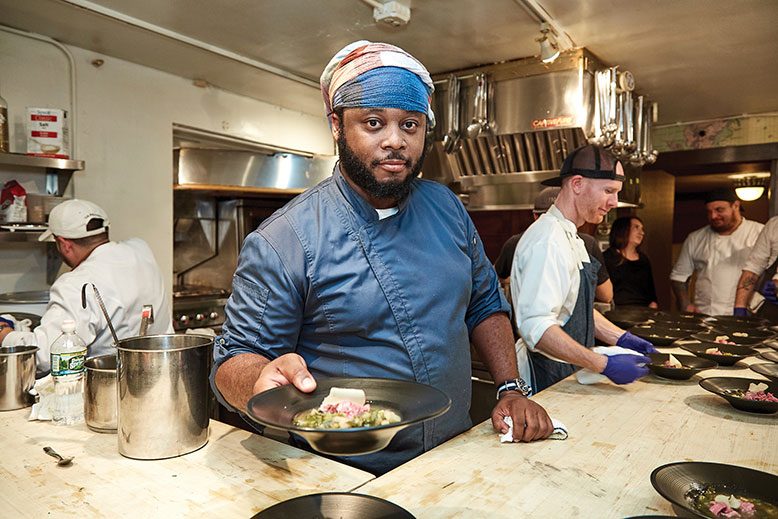
The food world is in a pickle, putting us all in a jam. Pickling and making jam can help matters, but the problem itself is huge. At a September conference on food waste at Princeton University, several speakers cited the finding of a 2014 Natural Resources Defense Council paper that about 40 percent of food produced in the United States goes unused. The majority of it ends up in landfills, accounting for about 16 percent of U.S. methane emissions. Methane is a greenhouse gas many times more potent than carbon dioxide.
In a recent interview, Scott Brubaker, one of the Princeton speakers, told me that the biggest chunk of Jersey’s food waste, about 40 percent, comes from residences.
“In the U.S.,” he says, “people interpret ‘sell-by date’ as ‘eat-by date.’ People throw away food that’s edible. Britain standardized their labels a few years ago and experienced a 14 percent drop in waste.”
According to Brubaker, deputy director of the state Department of Environmental Protection’s Division of Solid and Hazardous Waste, the NRDC study found that restaurants and caterers accounted for about 26 percent of unused food; institutions (schools, hospitals, prisons, etc.) about 9 percent; and food manufacturers about 8 percent.
A clock is ticking. In 2017, New Jersey passed a law setting a goal of cutting annual food waste in half by 2030 (compared to 2017 levels). Brubaker admits the DEP is behind schedule in producing a draft plan, but says he expects completion in early 2019, with public hearings to follow.
A large study published by the USDA and the University of Vermont last April concluded that “the average person living in America wastes nearly 1 pound of food daily.” The study found that “higher diet quality”—higher in fruits and vegetables—is “associated with…greater waste of agricultural irrigation water and pesticides…compared to other crops.”
As it happens, a new book from the James Beard Foundation, Waste Not: How to Get the Most From Your Food, addresses this problem. It is packed with recipes and tips, such as making stock from bones, peelings and scraps; reviving wilted vegetables by roasting, then mixing into scrambled eggs; and sautéeing root-vegetable tops and greens to create a tasty side dish.

One of the 65 chefs who contributed recipes was Kwame Williams of the Jamaican restaurant Vital in Montclair.
“When you have a surplus of anything,” he says, “you can turn it into pickles and jams.” He contributed a simple recipe for Jamaican pickled onions that can be used to preserve most any vegetable going overripe in your fridge. (We’ll include it in the online version of this article.)
To reduce uneaten food at Vital, Williams reduced portion sizes and prices. “It brings us to a lower price point, so people are more willing to try different things,” he says. “We’re in year four. Since day one, we’re down about 20 percent in waste.”
At Jammin’ Crêpes in Princeton, jammin’ is taken literally. “Almost every crêpe has a preserve, pickled vegetable or seasonal chutney we make,” says partner Kathy Klockenbrink. “We might get a call from a farm saying, ‘We’ve got a bunch of apricots that are about to go,’ so we’ll pick them up and preserve them. And any food products we can’t use in a recipe, we compost. ”



